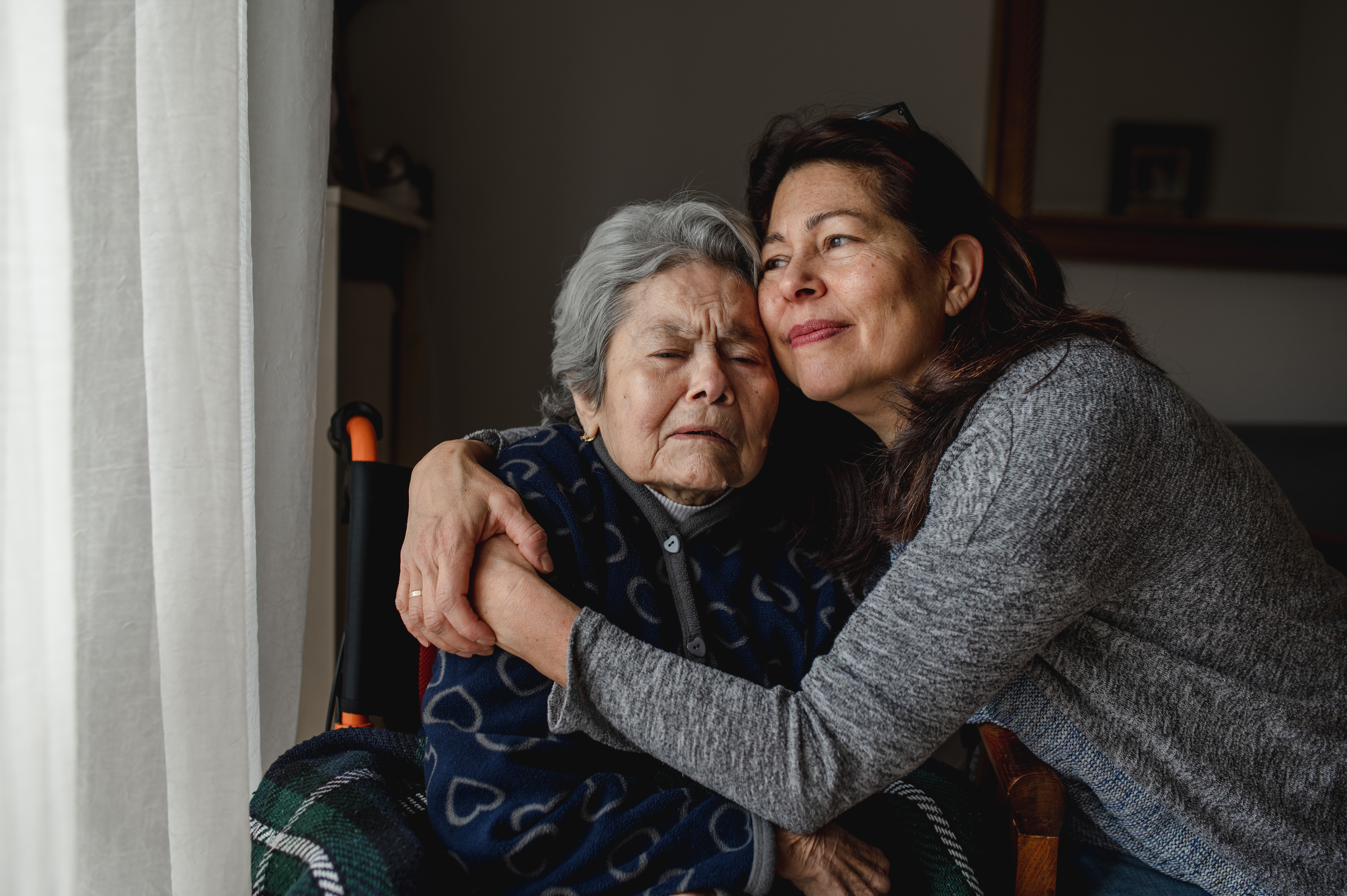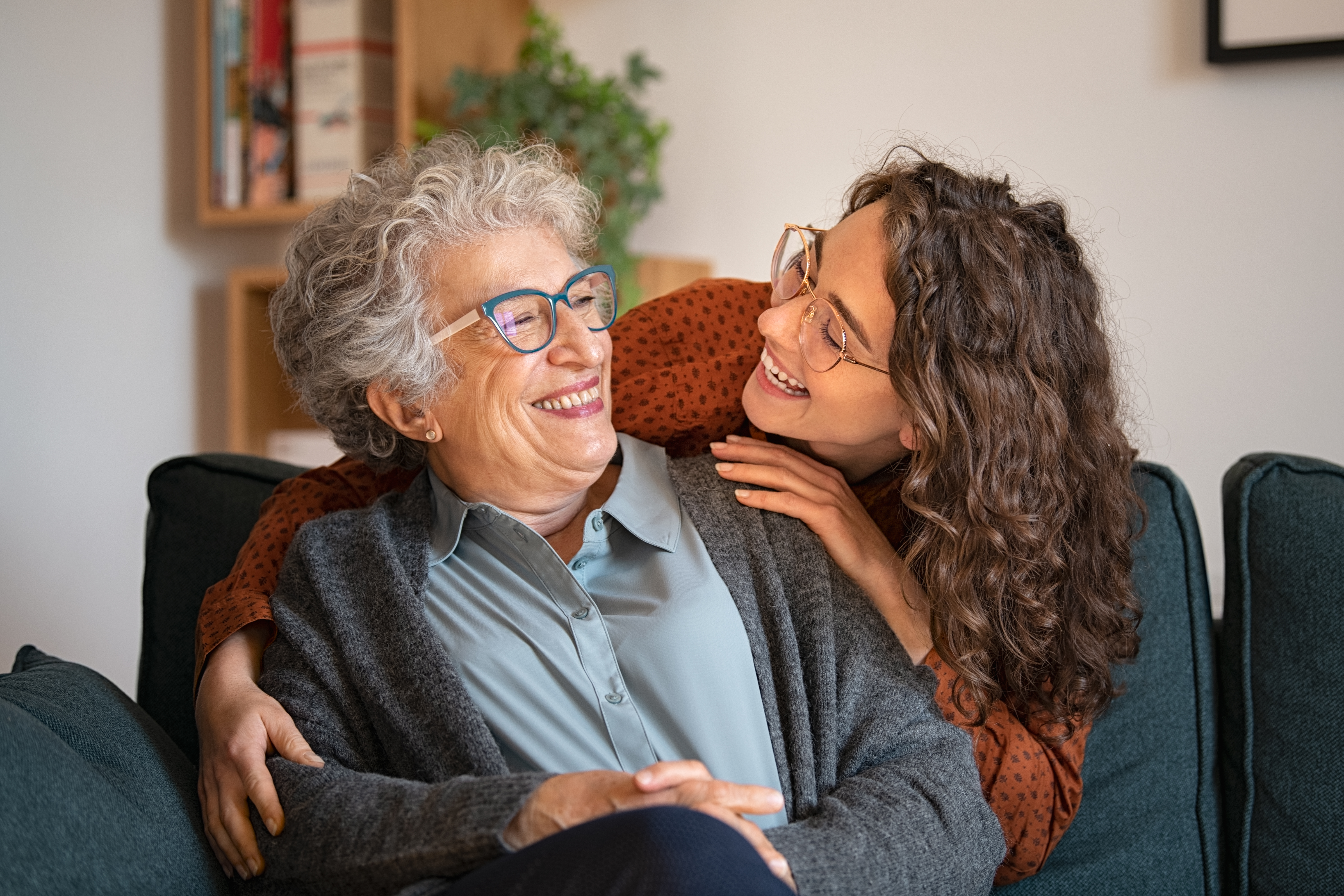
Module 8: Guidance for Caregivers
Caregivers can help older adults live safely by knowing the risk factors that lead to falls and how to manage or prevent them. Review the modules on this website and complete the ones that apply to your loved one.
The risk of falling for those we care for can increase as they age. Research has identified many risks that can contribute to falling. Many risk factors can be changed or modified to help prevent falls including:
- Lower body weakness
- Difficulties with walking and balance
- Use of medications, such as tranquilizers, sedatives, or antidepressants; even some over-the-counter medications can affect balance.
- Vision problems
- Foot pain or poor footwear
- Home hazards or dangers such as broken or uneven steps and throw rugs or clutter that can be tripped over.
Most falls are caused by a combination of risk factors. The more risk factors a person has, the greater their chances of falling.
This module offers information and resources for you and other caregivers. Visit the Start Here module to learn more about how to use this module and other modules in the LIFE Fall Prevention Planner.
- Have an open conversation about fall risks. This may be a tough discussion, but it's an important part of preventing falls and fall injuries. Here is a helpful conversation guide. It may also help to include a healthcare provider in these conversations when possible.
- Encourage annual eye and foot exams. Replace eyeglasses and footwear as recommended by a healthcare provider. Refer to the Vision, and Feet and Footwear modules for more information.
- Encourage physical activity and movement. Consult the Strength and Balance module for exercises proven to reduce fall risk.
- Keep the home safe. Small changes like removing throw rugs or adding more light can reduce falls. The Home Safety module has more information on keeping the home safe.
- Stay socially connected. This is equally important for yourself as well as the person you care for. Take a look at CDC’s guidance on ways that you and those you care for can stay connected to loved ones and form new social connections through shared interests.
Don't forget to take care of yourself too! You know firsthand that being a caregiver can be emotionally and physically taxing. Self-care can help you provide the best care possible. Consider signing up for a Powerful Tools for Caregivers workshop to learn how to care for yourself while also caring for another person. You should also be aware of your own fall risk. We encourage you to take the Falls Free CheckUp if you are a caregiver age 65 or over. This may help you learn your own fall risk and how to prevent a fall so that you can continue helping the person you care for.
- calendar icon
- calendar icon

Self-care for family caregivers.

Learn tips to take care of yourself as a caregiver.

Learn how to communicate with your loved one about fall prevention.

Find guidance and resources for making your loved one's home safer